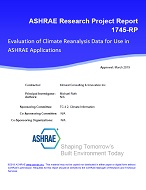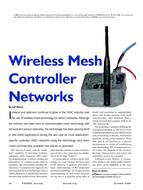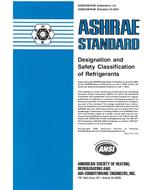The effectiveness of foundation insulation retrofits in 15 Minesota houses was evaluated using a before-after experimental method. Nine houses received retrofits, six, exterior retrofits. Foundations air leaks were sealed before the pre-retrofit heating season to control for inadvertent sealing during retrofit. Basement heating supply and return registers were closed in most houses for the 21-month monitoring period, and for all houses the basement was an uncontrolled zone without a thermostat. Homeowners recorded gas and electricity meter readings and furnace and water heater on-times weekly. A two-parameter linear regression model of total space heating load vs. outdoor temperature was used to evaluate changes in energy use. The average whole-house savings for the interior and exterior cases were 92 and 24 therm per year, or 7.9% (range -0.6% to 17.8%) and 3.0% (range -2.9% to 8.3%), respectively. Minimum payback periods for the interior and exterior cases were 12 and 37 years, respectively. For all houses the basement temperature increased between the pre- and post-retrofit periods, and all homeowners reported comfort in their basements. Average measured savings were about one-third of those predicted.
KEYWORDS: cold regions, climate, foundations, thermal insulation, basements, modernising, housing, performance, USA, calculating, measuring, air infiltration, leaking, monitoring, gas consumption, space heating, electricity consumption, energy consumption, energy conservation, payback period.
Citation: Symposium, ASHRAE Transactions, vol. 96, pt. 2, St. Louis 1990
Product Details
- Published:
- 1990
- Number of Pages:
- 7
- File Size:
- 1 file , 1 MB
- Product Code(s):
- D-18695


